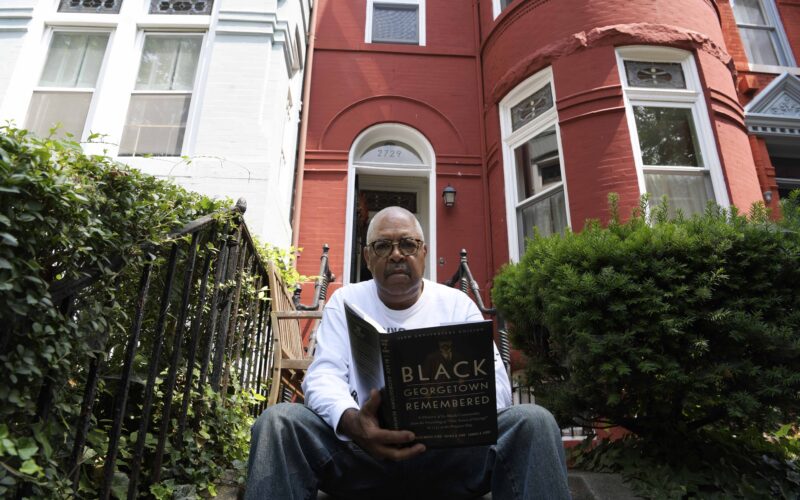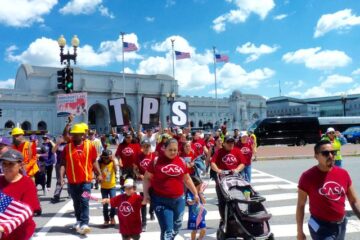Text and Photos by Lenin Nolly
During the reign of George II of England in 1751, Georgetown was initially populated by African Americans including slaves and free blacks and was considered at the time to be a major center for shipping and the sale of slaves that lasted until the mid-19th century.
Two centuries later and at the gates of the celebrations of the 158th anniversary of Juneteenth about the liberation of the last African-American slaves in Texas on June 19, 1865, we interviewed the last of the Waters Family who introduced us to History and their memories of great changes and transformations. from the city.
Memories as Neville Waters tells us, the last of 6 African American generations from Georgetown that has survived over time. “I am very proud to know the history of my Family. My parents were born and raised here. My great-great-grandfather was born into slavery. He lived to be 85 years old becoming the leader of the Republican Party and a homeowner. Those are the kinds of things that make me proud of my history, my heritage and hopefully the legacy that I can pass on.» delimits
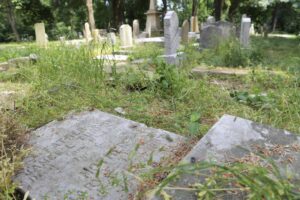

Neville Waters’s Great Grandfather Charles and his brother James Turner were buried in Mount Zion Cemetery in Georgetown. Photo by Lenin Nolly/ML News
Mr. Waters tells us that the first generation of his family to live here in Georgetown were Charles and James Turner. Two enslaved twins who were freed when they were 6 years old with the abolition of slavery in 1862 and receiving compensation of 90 dollars. Both were buried in the largely black Mount Zion Woman’s Union Cemetery and next to the city’s wealthy white Dumbarton Cemetery.
“I am grateful to live in the house that my grandfather bought in 1925. Our family has lived here for almost 100 years. Before them my family lived in different houses in Georgetown: My great-great-grandfather at 2445 P Street, before at 1205 28th Street, at 1234 28th Street all in the same city. In this way I have had deep connections and roots over the years.” He tells us with a nostalgic tone.


Charles and Jame Turner Bill of Sale who paid for freedom to DC Slaveowners in 1862. Photo by Lenin Nolly/ML News.
However, the city underwent changes. The black families that Neville knew when he was a child had moved on. From his time, only two families, his best friends, still remain today, preserving their deep connections with his history and culture in a neighborhood considered touristy with luxurious shops and quality restaurants.
“It was in the 1960s when gentrification started which allowed many of the families here to have to leave their homes that supported it for many decades. Measures like the Old Georgetown Law of 1950 that was used to condemn some houses and create code changes to discourage black families from continuing to live here. It’s part of the unfortunate history in this country of how racism works against minority groups,» Neville said.
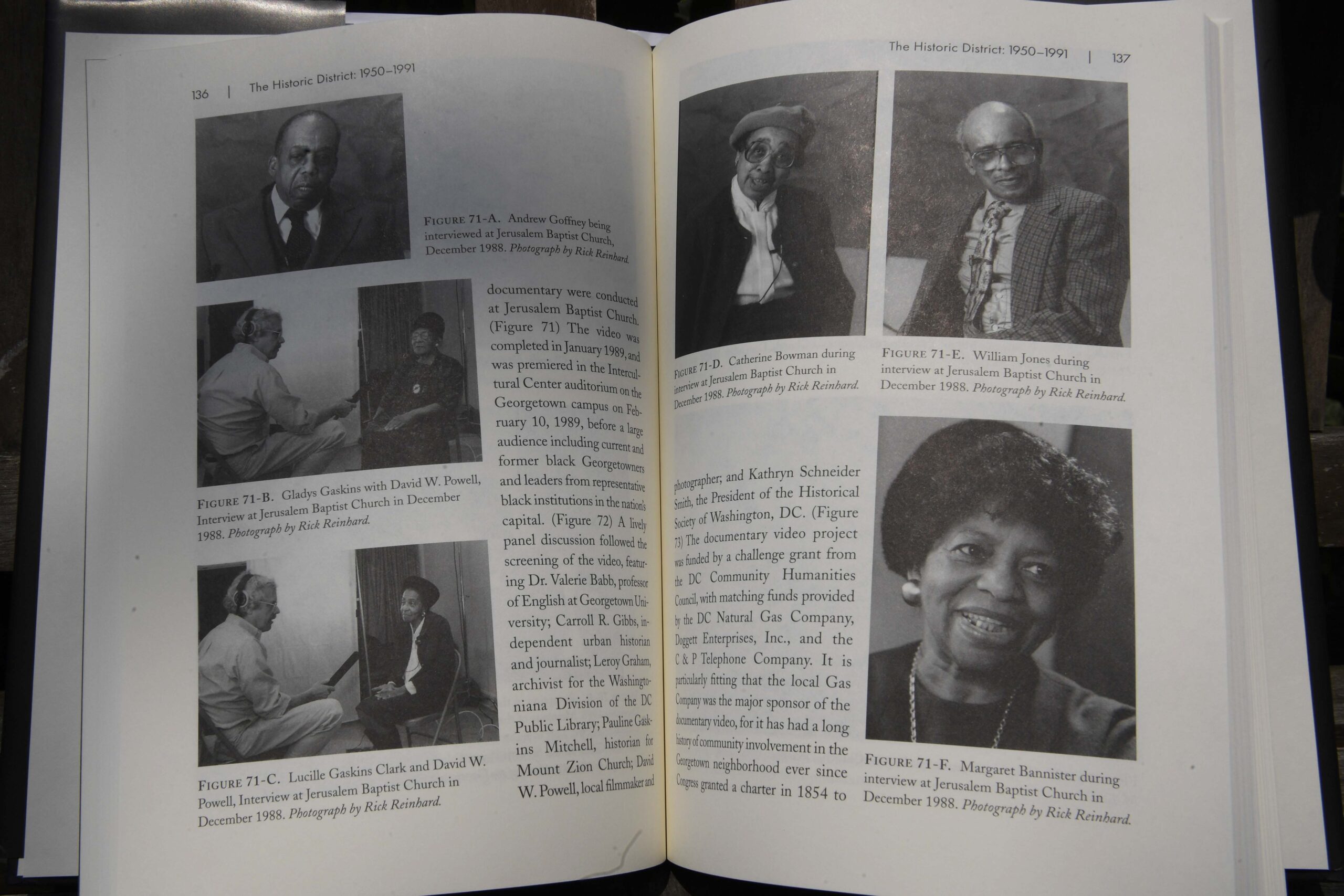
Mr Waters also tells us that there is a book called The Black Book of Georgetown. A book exclusively made by the black families of the city where the history is told through the stories of the previous residents.” It is basically an oral history of the time. My block was the majority of the African American families of the Herring Hill Section. It was an enclave of black professionals: doctors, dentists, nurses, teachers and priests where there was a real sense of community. And the book is that, it shares other stories, other memories and narratives about the black families of the city”. He pointed out.


A little Brick Crypt was built near by Zion Cemetery in 1800 for hide and keep slave people to runaway to north. Photo by Lenin Nolly/ML News
A few meters from the Mount Zion Cemetery where the Afro-American people who were born and died as slaves are buried is a small brick crypt. The place served as a hideout for runaway slaves fleeing north and as a repository for bodies that died during the harsh Washington winter. Neville tells us that Place was never discovered by the whites of the Time.
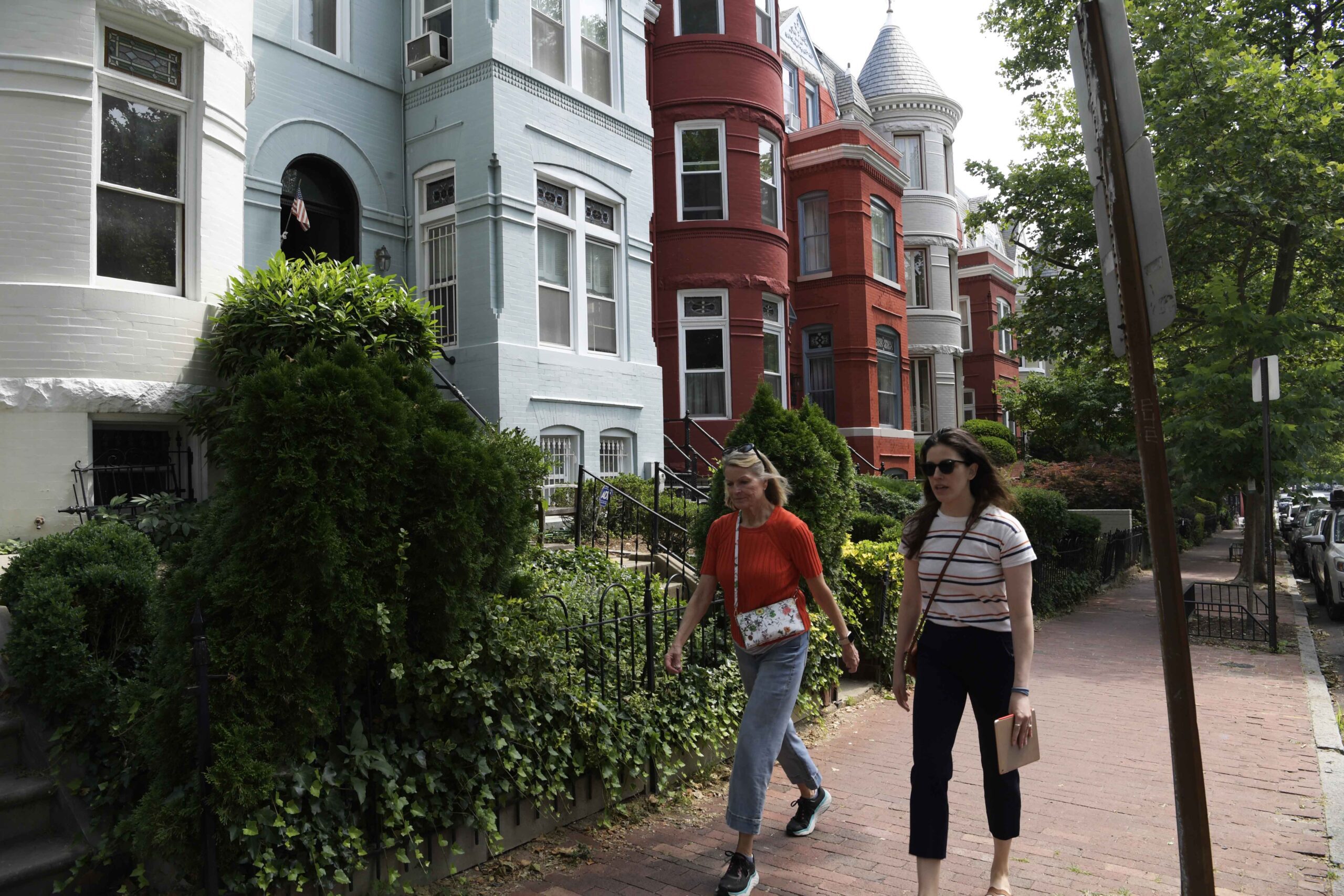
Finally, nowadays, Georgetown looks like a white neighborhood. It is considered an exclusive place for tourists and for wealthy people such as diplomats, politicians, millionaires and foreigners to come to the University of Georgetown to get Master Degrees; As one day HM King Felipe VI from Spain made it.

